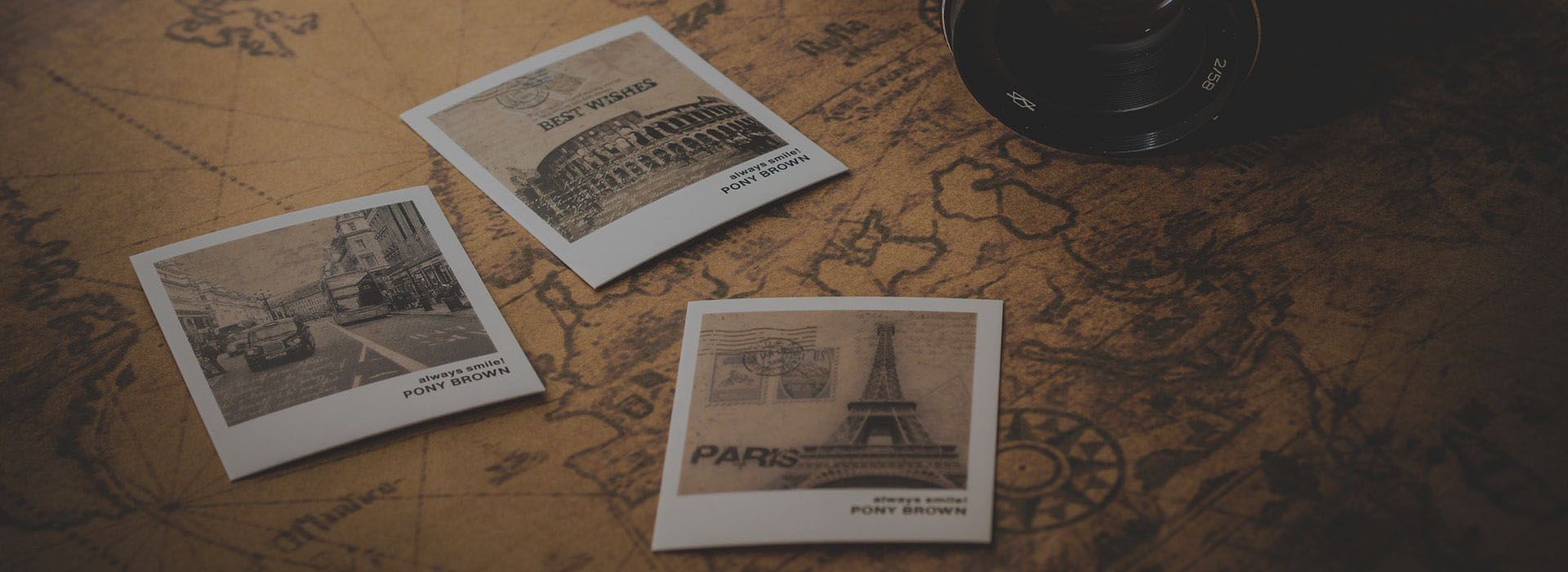Zhejiang
Zhejiang Province may be small in size but it certainly has played a vital role in China’s past and present. Much of the wealth of the province was derived from the international trade that was started on China’s south Eastern sea board. Enjoy beautiful water towns, gardens, cuisine and much more in this fascinating and popular region of China.
Hangzhou
Hangzhou is the capital of Zhejiang province and is its centre for political, economic and cultural matters although it is more famous for its natural beauty and cultural heritage. The City, the southern terminus of the Grand Canal, is located on the lower reaches of the Qiantang River in Southeast China and only 180 kilometres from Shanghai. While much of the ancient city that had been the capital of the Southern Song Dynasty was destroyed during the Taiping Rebellion in the mid-nineteenth century, today’s Hangzhou is a modern and vibrant economical centre.
The West Lake
Originally a shallow sea inlet, the laying down of silt caused this 5.68 square kilometres of water to become the famous West Lake. With an average depth of just five feet, the lake comprises five distinct parts. The largest is known as the Outer Lake and it is bounded by the North Inner Lake, Yuehu Lake, West Inner Lake and the Lesser South Lake. With hills on three sides, this water wonderland has been an attraction for centuries and it is small wonder that it was a favourite imperial retreat. The lake and its surroundings have all the elements of a traditional Chinese garden but on a grand scale. The natural setting of strangely shaped peaks, serene forests and springs, dense foliage and a myriad of blossoms especially in springtime are enhanced by a treasury of sculpture and architectural features.
The Ling Yin Temple
The Ling Yin Temple is located close to the West Lake. The presence of a temple on this site can be traced back to the Eastern Jin Dynasty (317 – 420AD) when, according to local legend, Huili an Indian monk came to the area where he was inspired by the spiritual nature of the scenery to be found here. To his mind this had to be a dwelling of the Immortals and so he gave the temple a name “Ling Yin (Temple of the Soul’s Retreat). The Chinese name is translated into English as either “Temple of the Soul’s Retreat’ or ‘Temple of Inspired Seclusion’ for the setting has a quiet and beautiful grandeur that encourages a feeling of peace and for contemplation. The temple was to gain in importance during the Five Dynasties (907-960 AD) when the King of the Wu Yue State initiated a large-scale development of the temple as a sign of his devotion to Buddha. In its heyday, the temple comprised nine buildings, eighteen pavilions, seventy-seven palaces and halls with over thirteen hundred rooms providing accommodation for around three thousand monks. A monastery on this scale is difficult to imagine and needless to say over the centuries it has been subjected to many changes of fortune due to wars and religious repression. The main temple that can be seen today is a result of the restoration that was carried out in 1974 following the ten-year Chinese Cultural Revolution.
The Grand Canal
The Grand Canal being 1764 kilometres in length is the longest man-made waterway, far surpassing the next two grand canals of the world: the Suez and Panama Canals. Running from Hangzhou in the south to Beijing in the north of China and connecting different river systems, the Grand Canal has contributed greatly to ensuring that the Chinese primary economy thrived in past dynasties. Now more than 2000 years old, some parts of the canal are still in use, mainly functioning as a water-diversion conduit. The canal we see today was built section by section in different areas and dynasties before it was linked together by the Sui Dynasty (581-618). In 604 AD, Emperor Yangdi of the Sui Dynasty toured Luoyang. The following year, he moved the capital to Luoyang and ordered a large-scale expansion of the Grand Canal. The primitive building techniques stretched the project over six years. Approximately half of the 3,000,000 peasant builders used died from the hard labour and hunger before it was finished. This project was thought to have been wasteful of manpower and money, which resulted in the downfall of the Sui Dynasty.
The Six Harmonies Pagoda
The Six Harmonies Pagoda is located on Yuelun Hill overlooking the Qiantang River, and south of the West Lake and is one of the true masterpieces of ancient Chinese architecture. Originally the pagoda was built during the Northern Song Dynasty (386-581) by the ruler of the Wuyue State, a part of which became Zhejiang Province. The name ‘Liuhe’ comes from the six Buddhist ordinances and it is said that the reason for building this pagoda is to calm the tidal waters of the Qiantang River, and as a navigational aid. However, the pagoda was completely destroyed during a battle in the year 1121. The current pagoda was constructed of wood and brick during the Southern Song Dynasty (420-589), and subsequently, during the Ming (1368-1644) and Qing Dynasties (1644 -1911), additional exterior eaves were added to the pagoda. It is octagonal in shape and some 60 metres in height. It has the appearance of being a thirteen-story structure, though it only has seven interior stories. There is a spiral staircase leading to the top floor and upon each of the seven ceilings are carved and painted figures including animals, flowers, birds and other characters. Each story of the pagoda consists of four elements, the exterior walls, a zigzagged corridor, the interior walls and a small chamber.
The China National Silk Museum
Situated on the south bank of the West Lake, the China National Silk Museum is the largest silk museum in world. Opened in 1992, the museum has eight exhibition halls covering the 5000-year-long history of Chinese silk culture. There are exhibits on Silk production, dyeing, weaving, research and trade as well as the hands-on opportunities of weaving and dyeing.
The National Tea Museum
China was the birthplace of tea with a long history of tea culture. The National Tea Museum was opened in 1991 and is located in Longjing Village, west of the West Lake and covers an area of 22,000 square metres. This museum is the only one in China with the tea theme. The museum has no external walls but is enclosed by vegetation giving the unique impression that the halls and the tea in the museum depend upon each other. Additionally, one hundred distinctive Chinese characters relating to tea are encased in the road. The museum is comprised of four groups of buildings which display the history and development of tea in China. The exhibition building is divided into six halls to show the history of growing and processing tea in China. They are the Hall of Tea History, the Kaleidoscope Hall, the Hall of Tea Properties, the Tea-friendship Hall, the Tea Sets Hall, and the Tea Customs Hall. Here, different halls illuminate different aspects of tea and its culture in China’s long history. In the Tea Customs Hall you can discover the great impact of tea on the lives of various Chinese minority groups. The Kaleidoscope Hall features more than three hundred kinds of tea, including the six basic types of tea in China including some reprocessed teas.
Mausoleum of General Yue Fei
General Yue Fai (1103 – 1142) is a celebrated war hero of the Song Dynasty whose name and character is still celebrated today in books and movies. The Mausoleum covers an area of almost 5 acres near West Lake. Inscriptions and monuments are throughout the site including poems written by Yue Lai himself. Take a visit and celebrate one of China’s real life folk heroes.
Wuzhen
A town with a history of more than 1200 years, Wuzhen, is 140km south of Shanghai. This small town, with its black tiled, tung oil painted timber framework houses, sharply contrasts with its white walls and grey flagging, bringing to mind a Chinese ink painting. The river running through the town was once the main means of transportation for local people, but these days it is barely used, other than for festive celebrations, when bulk cargo is shipped in. The window sills of the houses on the banks of the river are further extended with boards, on which flowers, plants and bonsai bloom in the warm sunshine, adding a touch of life and colour to this tranquil, old style town.
Shaoxing
Like many of the water towns that you will find in Zhejiang Province, Shaoxing has managed to retain its old world charm whilst the greater city has increased in size through new development. Best explored on foot, as to be able to traverse the canals and waterways, to view the architecture. Although popular with visitors, Shaoxing still retains the feel of a true water town.
Ningbo
With a history dating back almost 5000 years, Ningbo has always been regarded as an important city in South East China. Although 25 kilometres from the sea, Ningbo has for centuries been an important trading town. As such much of the wealth generated by the city occurred after the city became s one of the five Chinese ports known as the ‘Treaty Ports’ after the signing of the Treaty of Nanjing in 1842.
Baiguo Temple
The Baiguo Temple dates back over 1000 years and is the oldest wooden building in the south of China. This Buddhist temple was constructed by interlocking pieces of timber, with no nails at all.
King Asoka’s Temple
The temple is named after King Asoka of India, the first sponsor or patron of Buddhism. It is believed that the 15cm Buddhist stupa that sits at the front of the temple once belonged to the King himself. Inside the stupa was a bone of Buddha himself, which it is alleged was stolen by a guard during the Cultural Revolution. The temple can be found on King Asoka Mountain in the east of Ningbo.
Tianyi Pavilion Museum
Built during the Ming Dynasty (1368 – 1644) the Tianyi Pavilion Museum is the oldest private library in China. At one time over 300,000 books were held here. Over time many books were stolen, destroyed or in a state of disrepair. The library offers an insight into the economic ad literary history of Ningbo and Zhejiang province. The Pavilion sits to the side of the Ming Lake.
Putuoshan
One of the four scared Buddhist Mountains of China, Putuoshan is awe inspiring with jagged peaks, ancient temples and precious temples. Putuoshan is on an island in the East China Sea and the mountain is surrounded by beautiful beaches. Stand atop the mountain peak and gaze out to the flotillas of fishing boats going about their business.
Many of the temples atop Putuoshan are dedicated to the Buddhist Goddess of Mercy, Guanyin including the 33m tall statue at Zizhulin.
Putuoshan is accessible by boat from either Ningbo or Shanghai.
Wenzhou
Wenzhou is a modern city which acts as a major port in south east Zhejiang Province. The city thrives through its trade with the western world. Many overseas Chinese descend from Wenzhou. Enjoy excellent seafood in this bustling seaside city.


